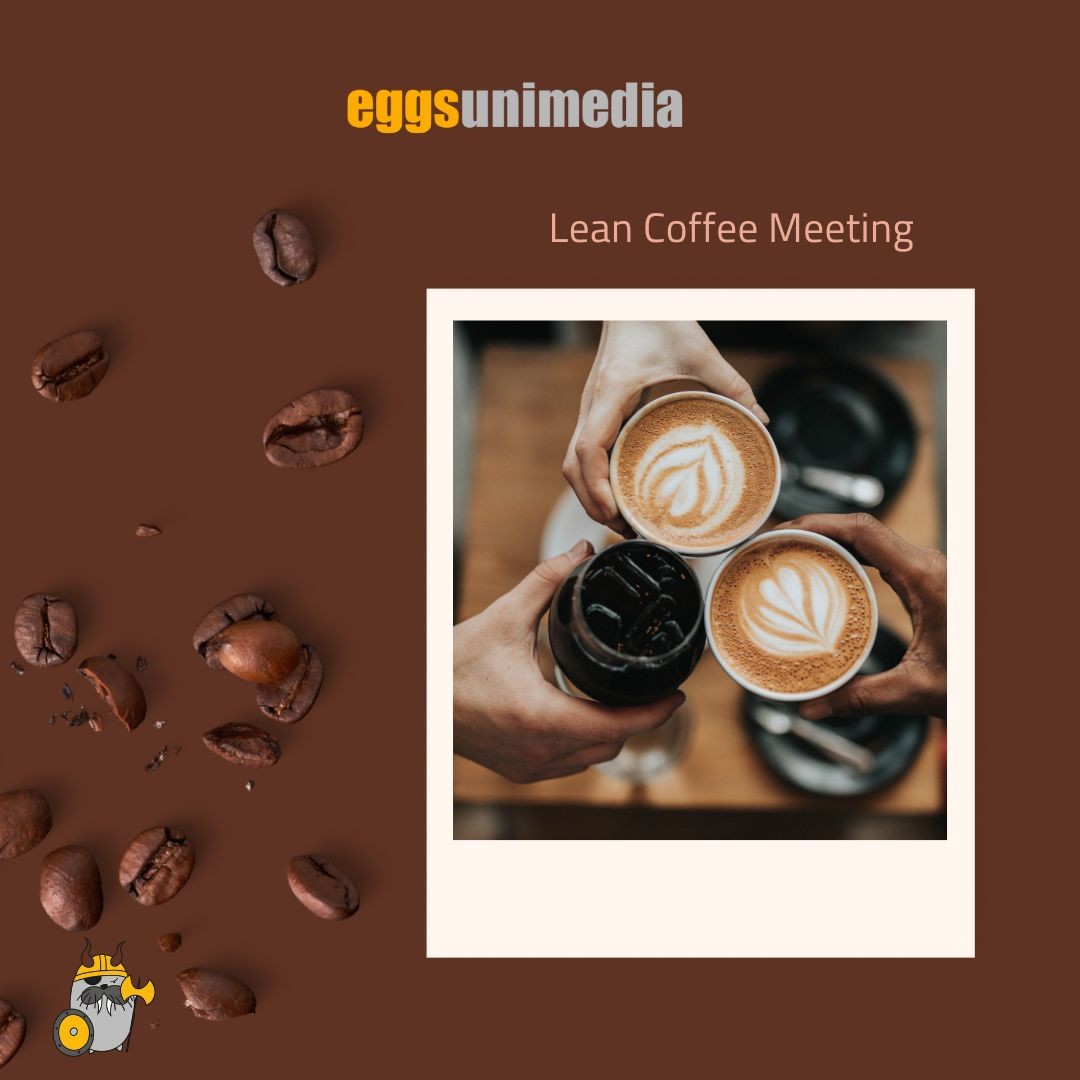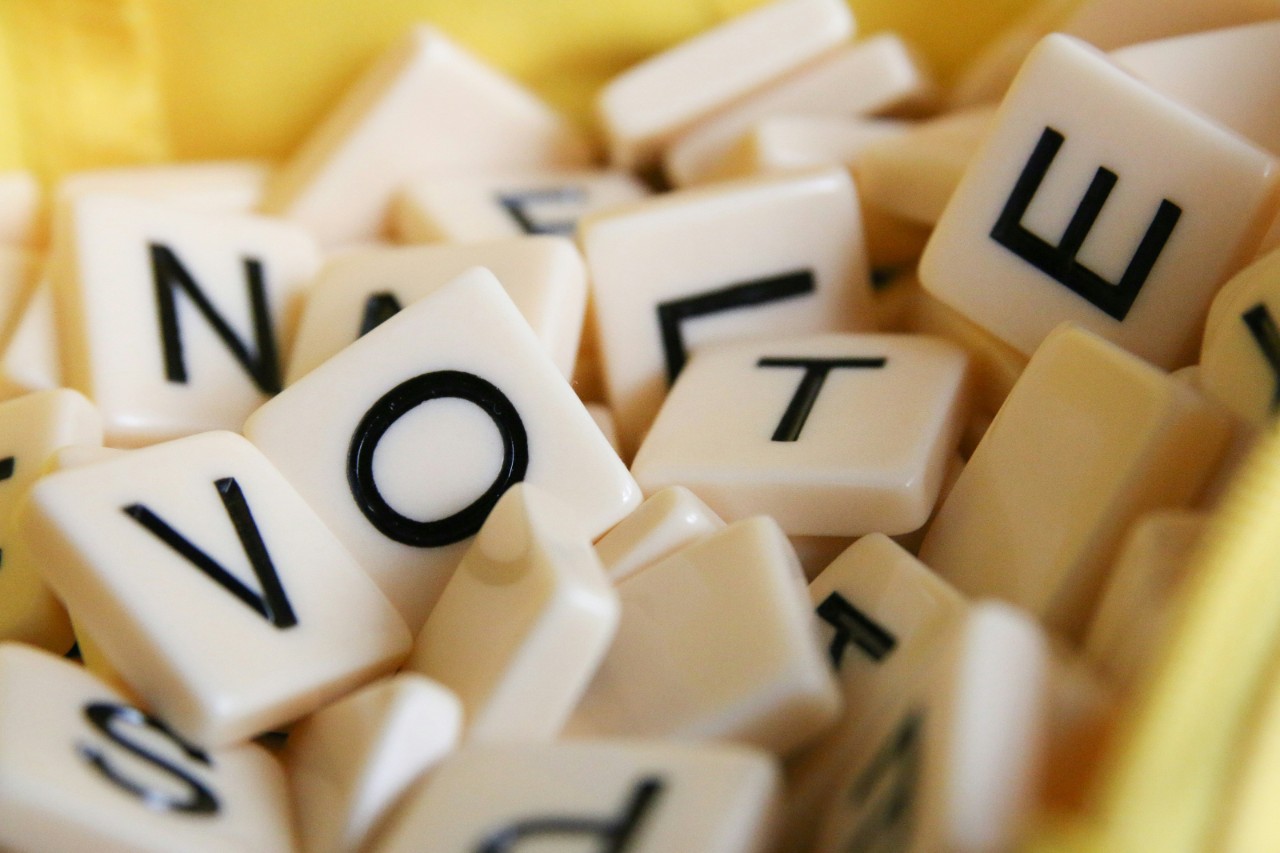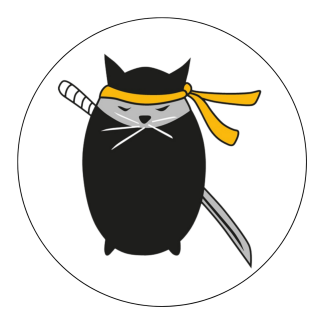
Self-governing meetings with lean coffee
Why lean coffee?
Long brainstorming sessions can be frustrating for managers and employees alike. They can be loud and overwhelming and ultimately lead to no productive outcome. I've recently had the opportunity to work with a new way to organize these meetings while ensuring that every voice is still heard. It's called lean coffee and, I will try to give you the basics of setting it up in your own teams.
What problem does it solve?
People attend meetings to discuss topics at hand to learn or reach an agreement. However, many good meetings often miss their mark and become a monotonous drag when they get dominated by a select few people who have their agendas and are coming in with bias via their assumptions.
Such a setting cannot easily foster much learning and discovery because it usually caters to a minority of the participants while most of the rest are only there because of project commitments.

Meetings with agendas set in stone inhibit the free flow of information because of the bias in controlled conversation.
What if some of the attendees value the importance of other topics differently than you? What if the list and order of topics are set to fulfill protocol instead of being hard-hitting and cutting to the chase of the things that matter? Furthermore, what is the chance in today’s ever so changing world that the agenda sent early in advance still holds when the time for the meeting commences?
When is it applicable?
To understand this, we should start when Lean Coffee is not suited to certain types of meetings. For example, you would not want to use Lean Coffee in a decision-making meeting that expects actions as outcomes. Instead, you can use it as an informal session to discuss:
Shared experiences on common themes among participants
Ideas on becoming more efficient and effective
Thoughts on improving processes

How is a Lean coffee session structured?
Topic suggestions (2-3 min)
Topics are suggested on sticky notes and stuck to a wall or desk; you are not limited to a specific number of post-its.
Voting (2-3 votes each, 1 min)
Voting is done by marking a dot on a sticky; all votes can be used on the same Post-it.
Set the Agenda
Votes are counted and topics are ordered based on the votes. Congrats! your participants just set their agenda.
Discussion starts (7 min)
The first topic on the agenda is discussed. Once the time runs out the discussion stops, regardless of the degree of involvement and enthusiasm of the participants.
Roman Vote
Thumbs up if you want to continue the discussion, thumbs down if you want to move on
Repeat
The process of discussion and voting continues until all the topics are discussed or the meeting time runs out.
Wrap-up
Once the meeting is out of time, the participants summarize their 1-2 takeaways from the discussion.

Aaaand it is done!
I have been a part of such a meeting only once, but I felt that everyone left very energized and with a better understanding of what was going on around them. Personally, I saw what the struggles of other colleagues were and motivated me to try and help them.
I am looking forward to attending more meetings where the goal is a free-flowing conversation that fuels learning, solutions, and ideas.
If you want to try implementing your lean coffee sessions here is a neat guide to get you started.

